EPs (Extended Play) and LPs (Long Play) are more than just common album formats.
They represent distinct creative approaches and strategic choices regarding the release and distribution of your songs/beats..
An EP or LP can influence how your work is perceived, define your creative identity, and play a pivotal role in how your music is distributed and consumed.
As a music producer, understanding the difference between EP vs LP is super important when you’re releasing tracks in the competitive music industry.
In today’s article, we’ll break down:
- What an EP and LP actually is ✓
- Evolution from vinyl records to digital music ✓
- The difference between an EP and LP ✓
- Strategic use of EPs and LPs to enhance your music career ✓
- Impact of streaming services/music distribution ✓
- The role of EPs and LPs in the digital age ✓
- Financial considerations in album production ✓
- Professional tips, tricks, and techniques ✓
- Much more about EP vs LP processes ✓
By the end of this article, you’ll understand how to leverage these formats to enhance your music career and make strategic decisions about releasing your tracks.
Whether you’re planning your next big hit or just starting out in the music industry, this guide will help you master the art of EP vs LP production.
So, let’s dive in…
Table of Contents
Common Album Formats: Breaking Down The Basics
In the ever-evolving world of the music industry, understanding different album formats is super important, so let’s break it down.
-
What is an EP (Extended Play)?
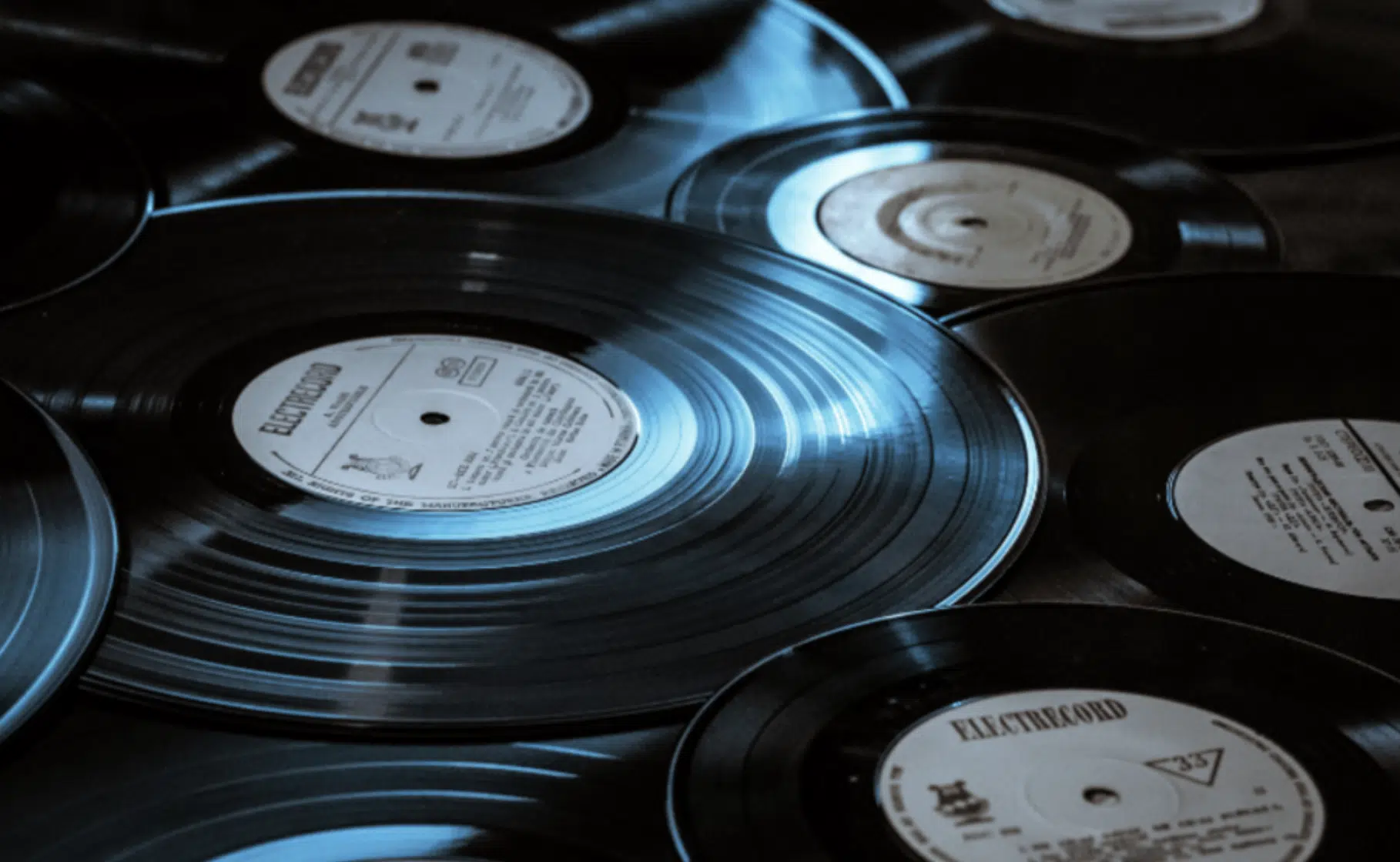
An EP (EP stands for Extended Play) is a term rooted deep in the music scene.
Traditionally, this album format referred to a vinyl record that housed more music than a single, but less than a full-length album.
Today, an EP often includes about three to five tracks 一 offering a glimpse into your unique musical style or a preview of an upcoming release.
The appeal of an extended play record in the music business lies in the fact that they contain fewer tracks than an LP or an entire project.
For up-and-coming artists and producers, releasing an EP is a strategic way to introduce new sounds without the commitment of a full album.
It’s a format that allows for exploration and experimentation, often leading to more engaging, concise, and impactful listening experiences.
Take, for example, iconic album releases like Billie Eilish’s “Don’t Smile At Me” or “The Wall” by Pink Floyd.
These EPs were not just collections of songs but cohesive artistic expressions.
In the digital age, EPs continue to be a vital part of a musician’s discography, often used to maintain a presence on streaming platforms between major releases.
A fun fact about EPs are they used to just be bonus tracks (or an instrumental version) of a full-length album and were called “mini albums” or a “half-length album.”
NOTE: If you’re planning on releasing singles, just throw a few together to form an EP (of super catchy songs) and have a digital album release event.
This will help you get new listeners for each EP record you drop.
-
What is an LP (Long Play)?
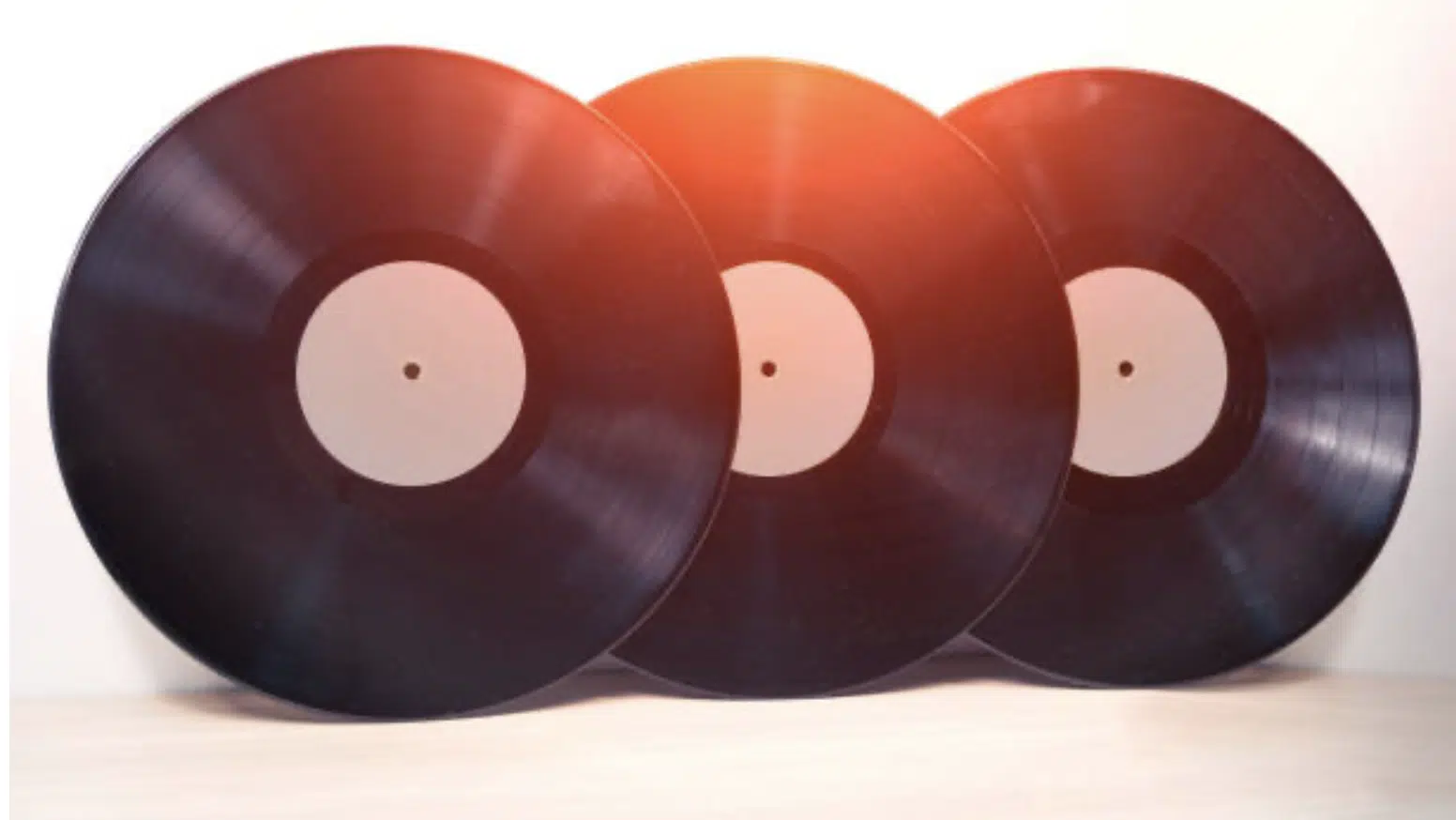
The LP (LP stands for Long Play) is traditionally known as the standard format for a full-length album.
Originating as a vinyl record format, this album format typically spans over 30-40 minutes.
It offers a more vivid look at an artist’s (or producer’s) musical journey, and contains more songs than an EP, naturally.
A long-playing format is one that fans and critics often regard as a significant artistic statement and, in the digital world, LP albums remain important, but less common.
Which is probably due to the face we live in a super fast-paced world now.
They represent an artist’s major release, often accompanied by extensive marketing campaigns and even tours.
An LP album’s success can be a defining moment in a musician’s music career, with its ability to narrate a more complex story compared to an EP or single release.
NOTE: Classic album release examples of this album format, like Taylor Swift’s “Lover” or Adele’s “21” showcase the LP’s power to deliver a diverse yet cohesive experience.
In these full-length albums, each track contributes to a fuller musical narrative 一 creating a lasting impact on the listener and the music industry.
Basically one song leads into the next in a very cohesive, fun way so the entire release made sense.
-
Evolution from Vinyl Records to Digital Music
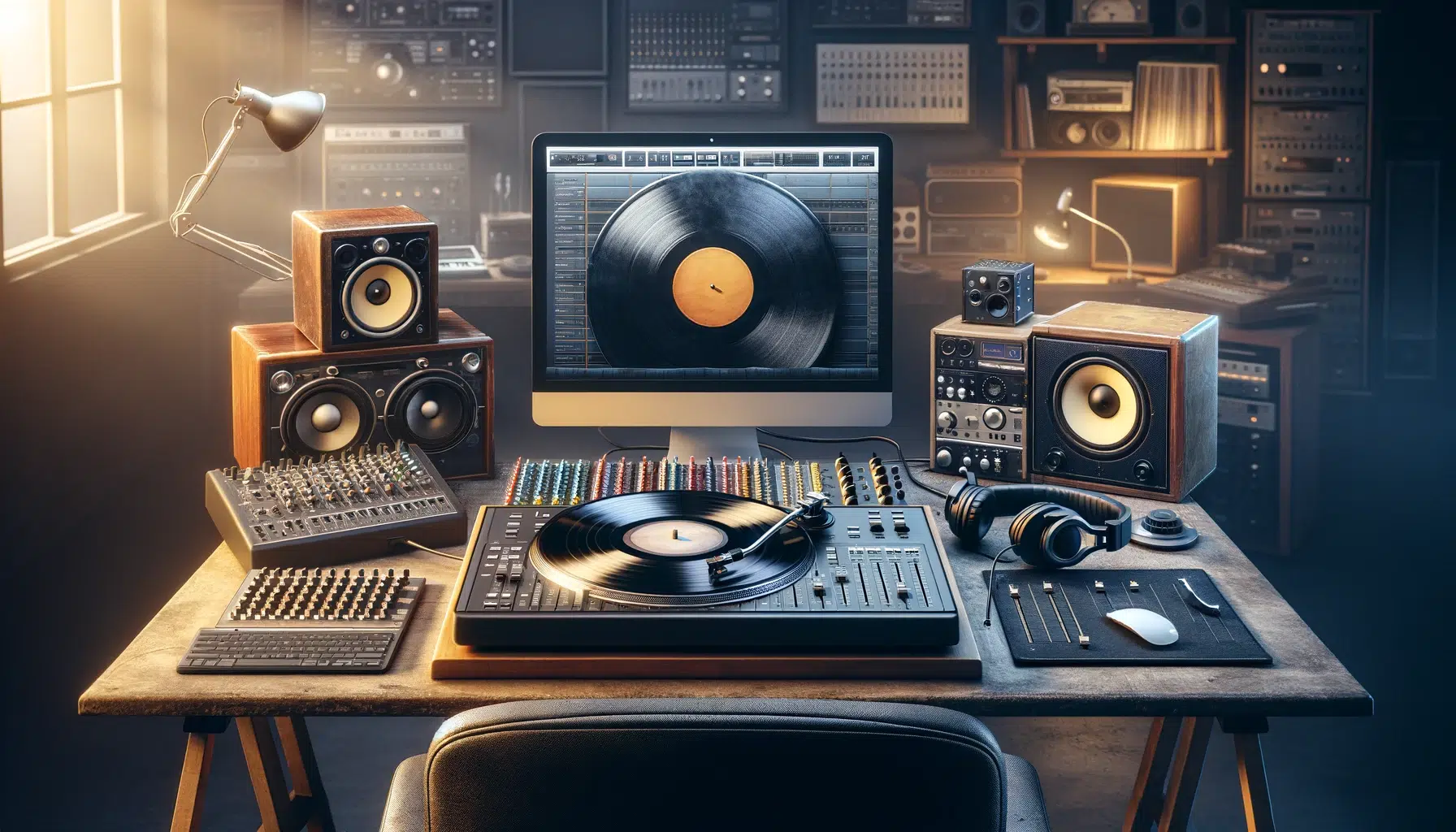
The transition from vinyl records to digital music has significantly impacted how we understand album formats.
Vinyl records, with their physical limitations, played a crucial role in defining the length and content of both EPs and LPs.
The physicality of a vinyl record added a unique aspect to music consumption 一 from playing a long-playing vinyl record to the artistry of an upcoming album cover.
When it comes to digital music, as opposed to the physical album era, these constraints no longer apply.
Artists, producers, audio engineers, DJs, etc. now have the freedom to release music in various formats (from traditional LPs to digital mixtapes and streaming-exclusive EPs).
This flexibility has led to a more dynamic music scene.
The lines between EPs, LPs, and singles are increasingly blurred, and you now have the ability to really take control of your releases and creative freedom.
The Difference Between an EP and LP
Understanding the distinctions between EPs and LPs is key to getting your music out there successfully. Let’s break down the difference between EP and LP formats in terms of content, production, and marketing strategies.
-
EP vs LP: Duration and Content
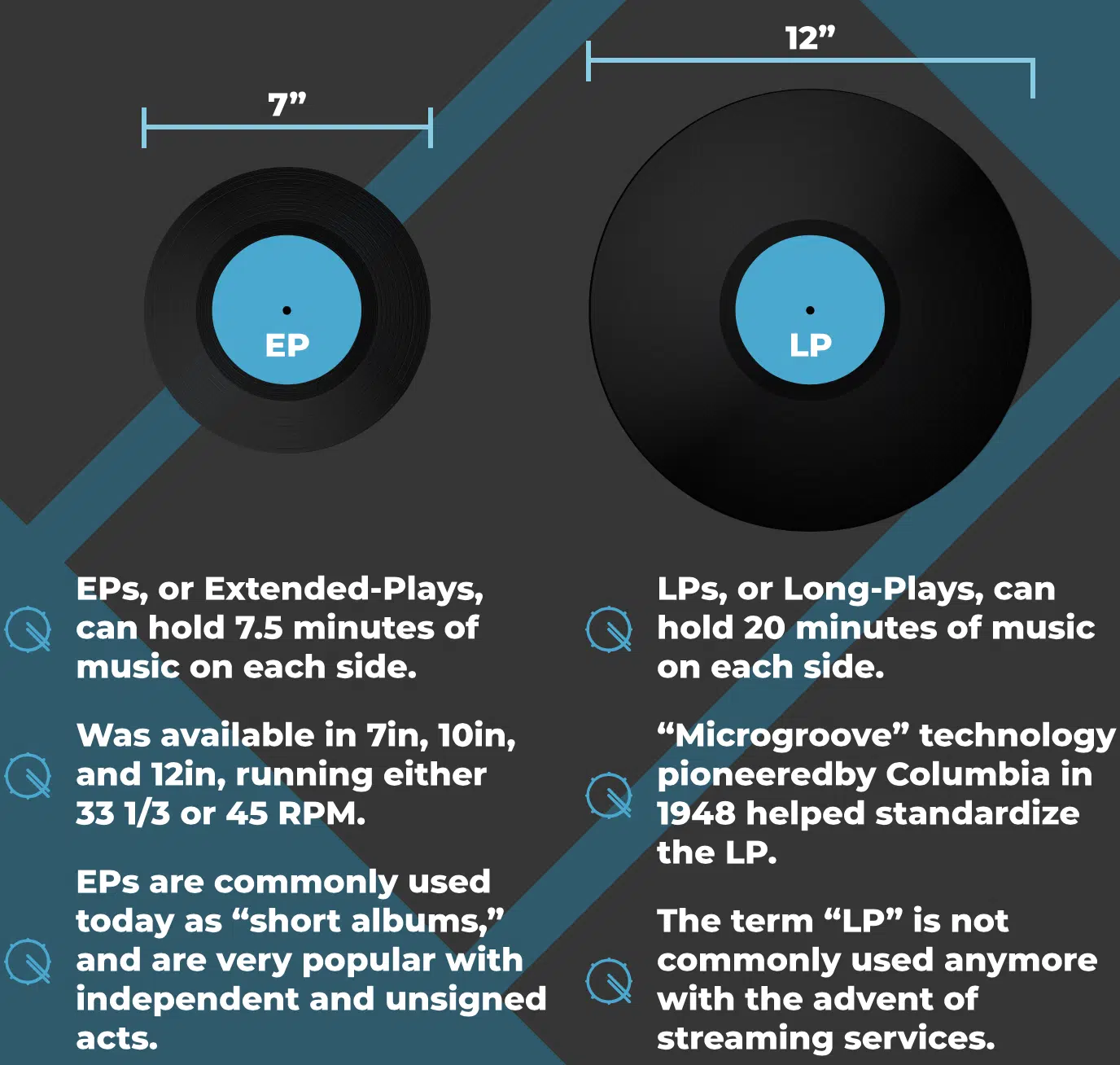
The most fundamental difference between an EP and an LP is the duration and number of the included tracks.
An EP typically contains a fewer number of tracks, usually three to six.
This format is ideal for showcasing a brief, yet distinct musical theme or concept 一 offering a snippet of your production skills and/or artistic vision.
An LP album is a more extensive offering, usually ten or more tracks.
Full-length albums provide a bigger platform for artists and producers to explore:
- Diverse themes
- Musical styles
- Their ultimate vision/vibe
They offer listeners a more immersive experience and can really help give your new listeners a more intricate view of who you and what you’re all about.
Choosing between releasing an EP vs LP is completely up to you, as they both have their pros and cons (like time involved, required resources, deadlines you set, etc.).
-
The Production & Creative Process Behind These Common Album Formats
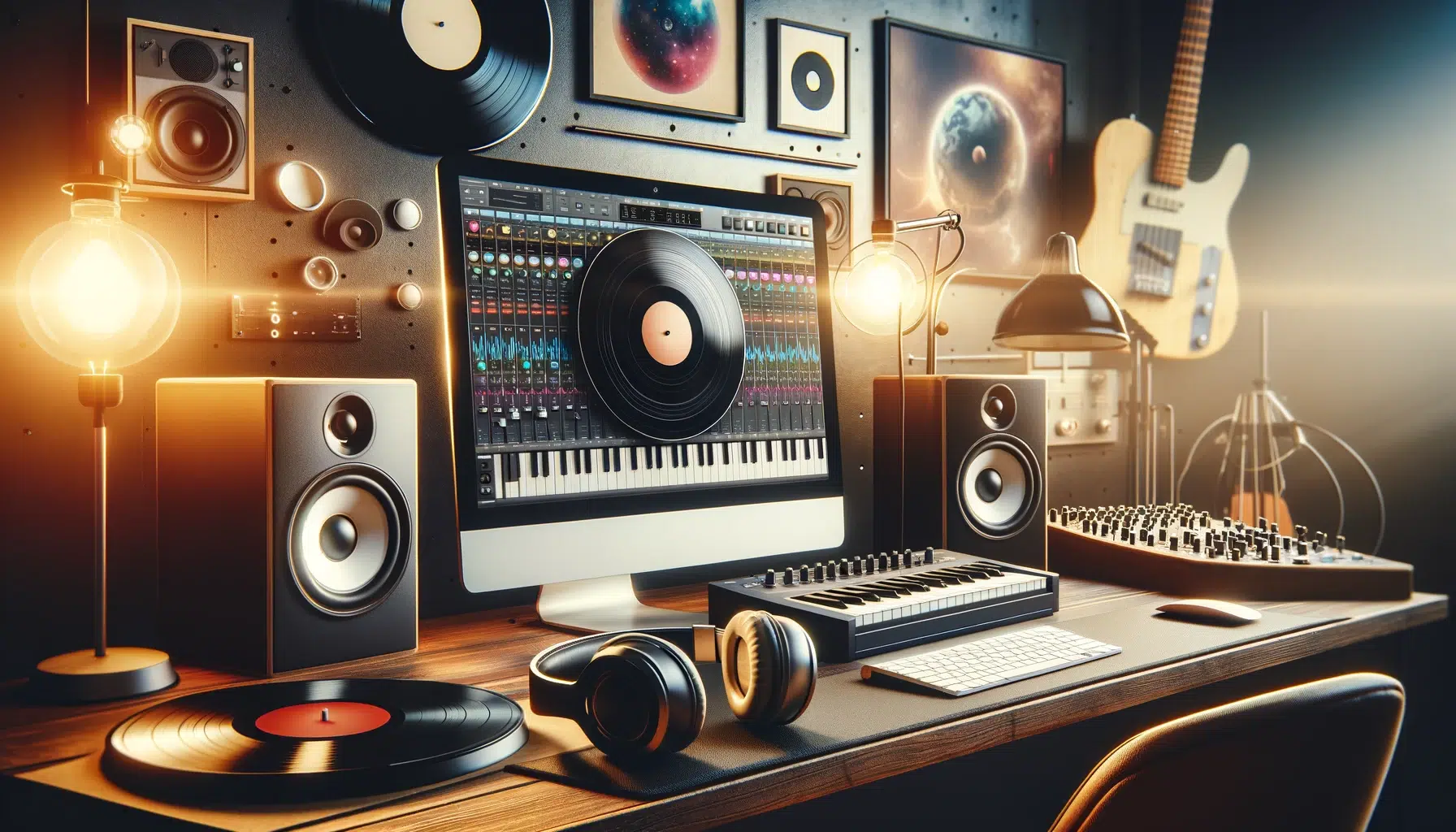
The production process of EPs and LPs can differ significantly.
An EP release, due to their shorter length, often requires less time and resources to produce.
This can be ideal for independent artists/producers or other artists experimenting with new sounds and intriguing music.
It allows for a quicker release schedule of your greatest hits and more frequent updates to your discography.
Producing a full-length LP album, on the other hand, is typically a more intensive process, involving a deeper level of:
- Planning
- Production
- Refinement
Full-length albums often encompass a wider range of musical and lyrical themes.
It requires more intricate arrangements, sophisticated recording techniques, and detailed attention to the album’s flow.
For example, if you decide to release music in the form of an LP, you’re committing to a more extensive storytelling process.
This is evident in albums like Kendrick Lamar’s “To Pimp a Butterfly,” where the narrative thread and musical motifs require a broader scope to fully express their themes.
-
EP vs LP Album Formats: Marketing Strategies
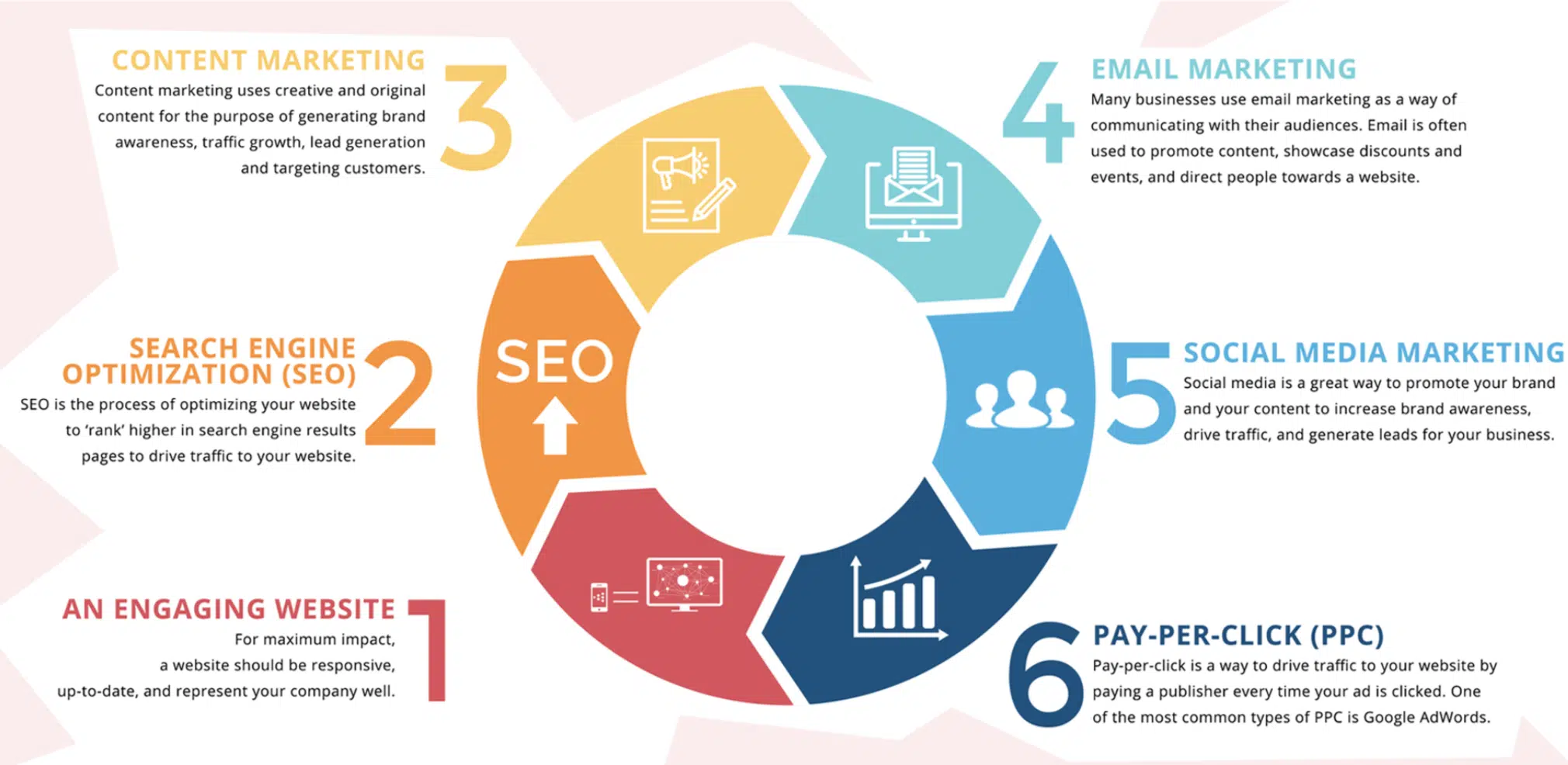
The marketing strategies for EPs and LPs are also extremely different.
EPs are often used as a tool to build hype and maintain audience engagement in anticipation of a full-length album.
They can be released more frequently, keeping you relevant in the fast-paced music scene (especially on streaming platforms).
For LPs, marketing efforts are usually more extensive and strategically planned.
The release of a full-length album is often a major event in an artist, or producer’s career, usually accompanied by:
- Single releases
- Music videos
- Media appearances
- Sometimes even global tours
A successful LP album release can significantly enhance your reputation and commercial success.
An example of effective long-playing marketing is seen whenever Taylor Swift’s studio album launches.
It often includes a series of singles, high-budget videos, and expansive PR campaigns, using various media platforms to create buzz and anticipation.
NOTE: If you’ve released previous albums (with even just one song/a single release) or plan to release a new album, make sure to always update your EPK.
The Strategic Use of EP vs LP to Enhance Your Music Career
The strategic uses of EPs and LPs can play an important role in shaping and enhancing your music career. Each common album formats offers unique advantages that, when used effectively, can seriously impact your impact (no pun intended). Understanding these techniques can help enhance your album releases.
-
Sound Quality and Production Techniques (EP vs LP)
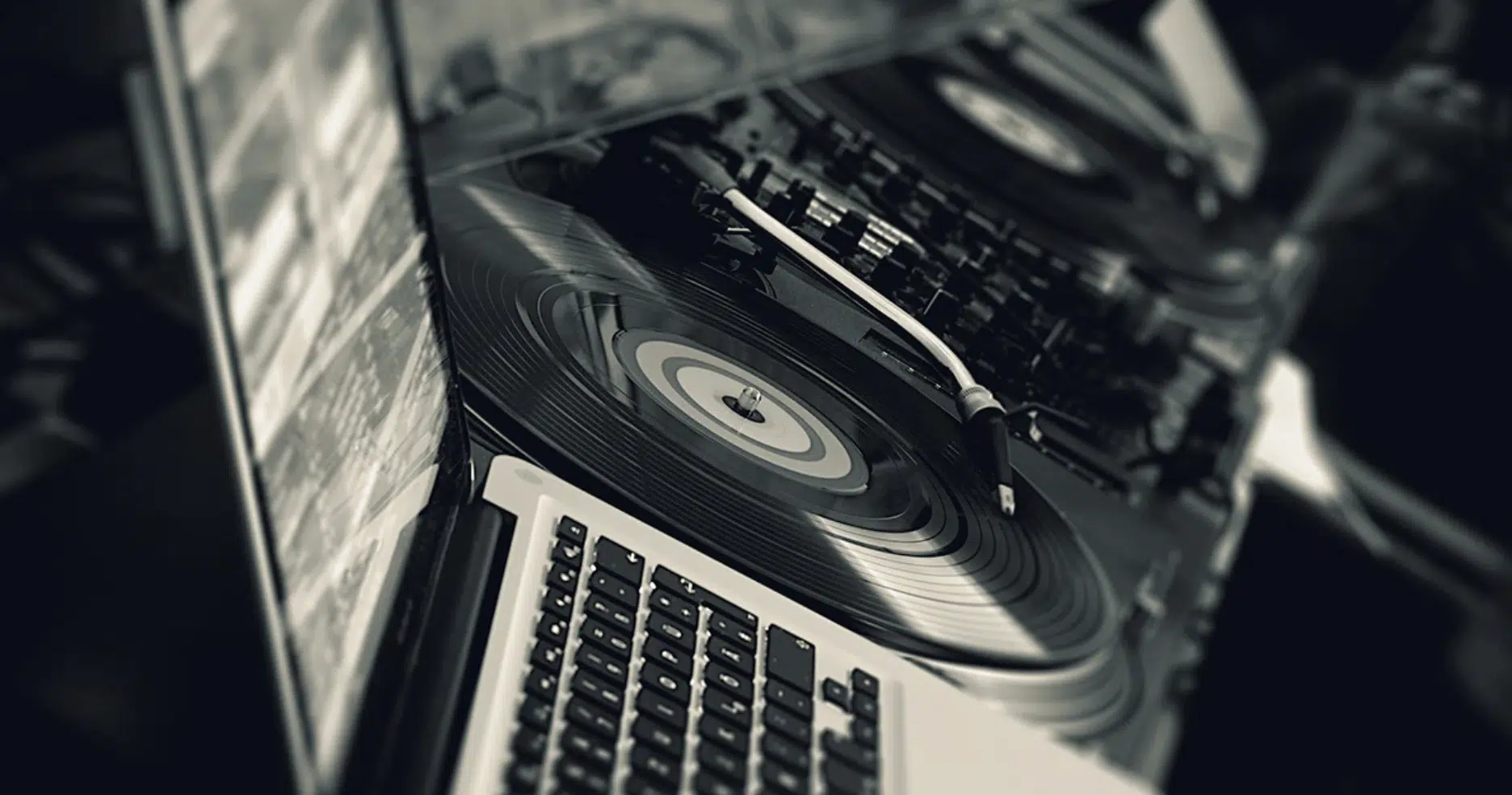
The production quality and techniques regarding EP vs LP needs require unique approaches.
With EPs, you’ll often focus on delivering a high-impact experience in a concise package of catchy songs (or, high-quality bonus tracks, if you will).
This involves prioritizing standout tracks that can capture the listener’s attention quickly.
The production is usually crisp and focuses on showcasing your current sound or experimentation 一 very straightforward approach.
LP albums, on the other hand, often allow for a more nuanced approach.
Here, the sound quality is not just about individual tracks but the album as a whole.
The production techniques in LP albums can vary greatly, from minimalist acoustic arrangements to elaborate, multi-layered productions.
The emphasis is on creating a cohesive sound that binds the studio album together.
A great example of this is Radiohead’s “OK Computer,” where the sound engineering and production techniques contributed to the album’s thematic depth and overall impact.
Knowing the subtle differences between EP vs LP sound quality and production techniques is super important.
-
Album Art and Packaging: EP vs LP Albums
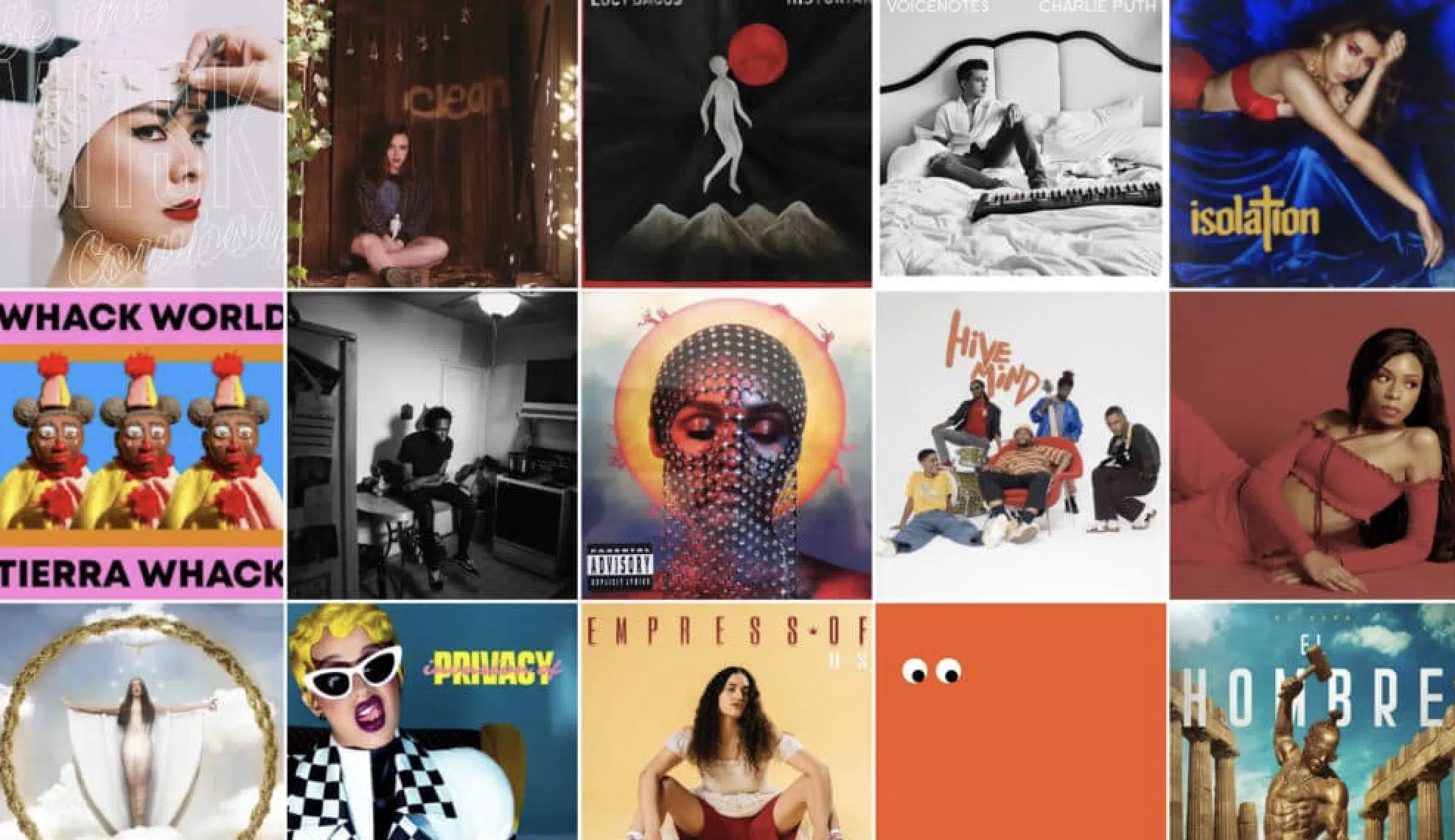
Album art and packaging play a significant role in defining the identity of both EPs and LPs.
For EPs, the artwork is often bold and eye-catching 一 designed to make a strong impression quickly.
It’s usually more focused on the current theme or concept you’re exploring.
Make sure, especially when promoting your tracks on social media, that your artwork is carefully thought on and will stand out.
LP albums, on the other hand, often feature more elaborate and detailed artwork.
The packaging of long-playing albums, especially in vinyl record formats, provides a larger canvas for artistic expression.
NOTE: It’s not uncommon for LP albums to include extensive liner notes, lyrics, and additional artwork that contribute to the musical storytelling aspect of the album.
Streaming Platforms For Distribution
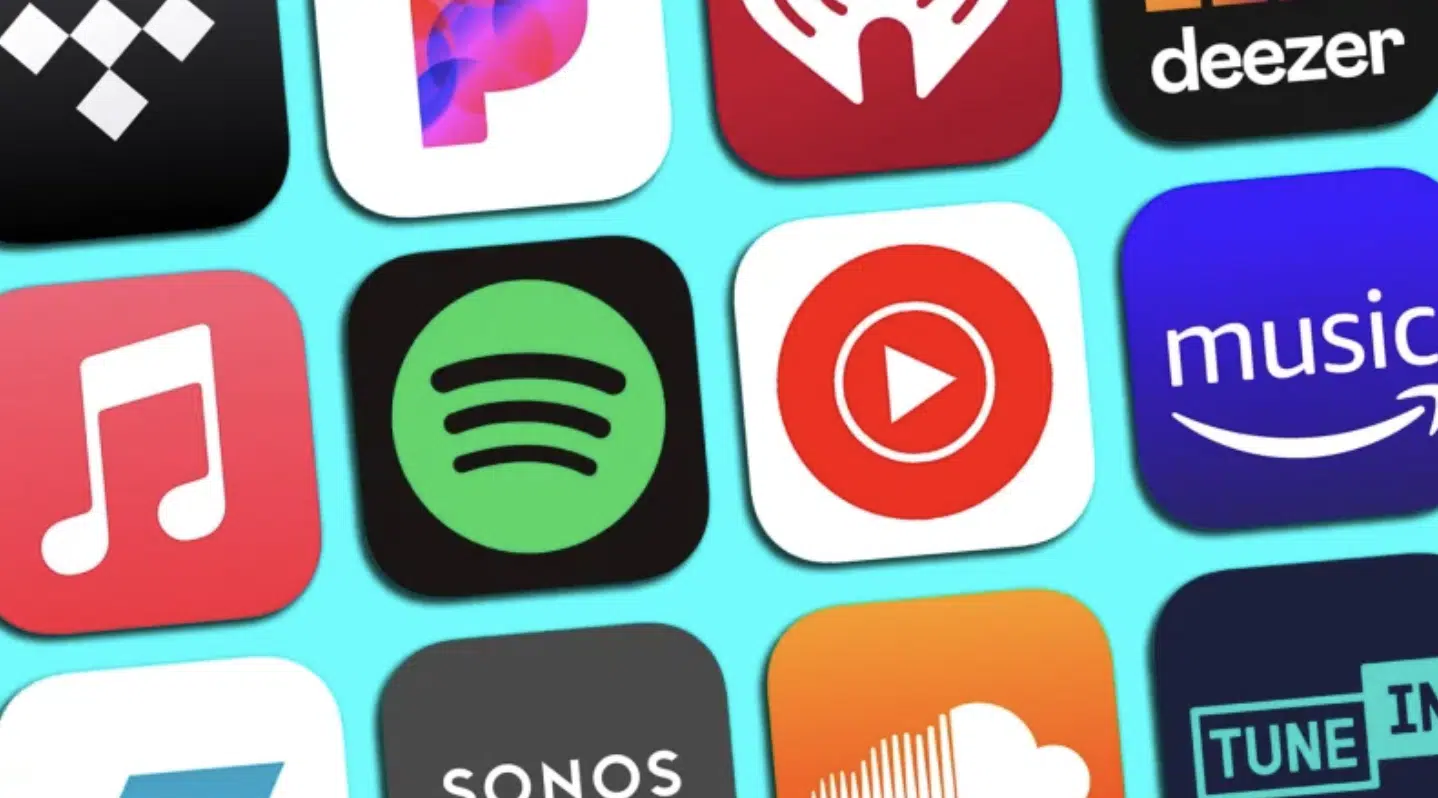
The role of streaming platforms like Spotify, Apple Music, and others in distributing EPs and LPs is pivotal in the current music scene.
These platforms have specific guidelines for releasing music, which you must navigate to maximize your reach.
For instance, when releasing music on Spotify it requires detailed metadata for each track 一 ensuring correct categorization and helping with better playlist placements.
This is crucial for both EP album format releases and full-length albums.
These guidelines for releasing music often include specifications for:
- Audio quality
- Album art dimensions
- Metadata accuracy
For EPs, platforms like Apple Music classify them based on the number of tracks/beats and total playtime (typically under 30 minutes).
LP albums are defined by longer playtimes (usually exceeding 30 minutes).
Adhering to these guidelines is essential for artists and producers to ensure their music is accessible and discoverable on these platforms.
Streaming platforms also offer promotional opportunities for both EP and LP releases.
NOTE: Spotify’s “Release Radar” and Apple Music’s “New Music Daily” are influential in introducing new EPs and LPs to a broader audience.
Artists and record labels (like Columbia Records or RCA Records) often strategize their release schedules to align with these features.
It leverages the platforms’ algorithms for maximum exposure, which is vital.
For example, releasing singles from an upcoming LP album on streaming platforms has become a common tactic to build anticipation.
Similarly, artists often release EPs strategically to maintain a consistent presence on streaming platforms 一 engaging listeners with new music more frequently.
Additionally, streaming platforms have influenced the length and content of EPs and LPs.
Make sure to stay ahead of the curve because the music world it increasingly mindful of streaming trends and listener habits, often resulting in shorter, more focused LP albums and more frequent EP releases.
This shift reflects the evolving consumption patterns in the digital music era, where attention spans are shorter, and the demand for new content is constant.
The Relevance of EPs and LPs in the Digital Age
The digital age, as opposed to the vinyl record age, transformed the way EPs and LPs are created, distributed, and consumed. Let’s break down how these changes are shaping the music industry (and, more importantly, your future music career).
-
Digital Mixtapes and Online EP Releases (Studio Album/Mini Album)
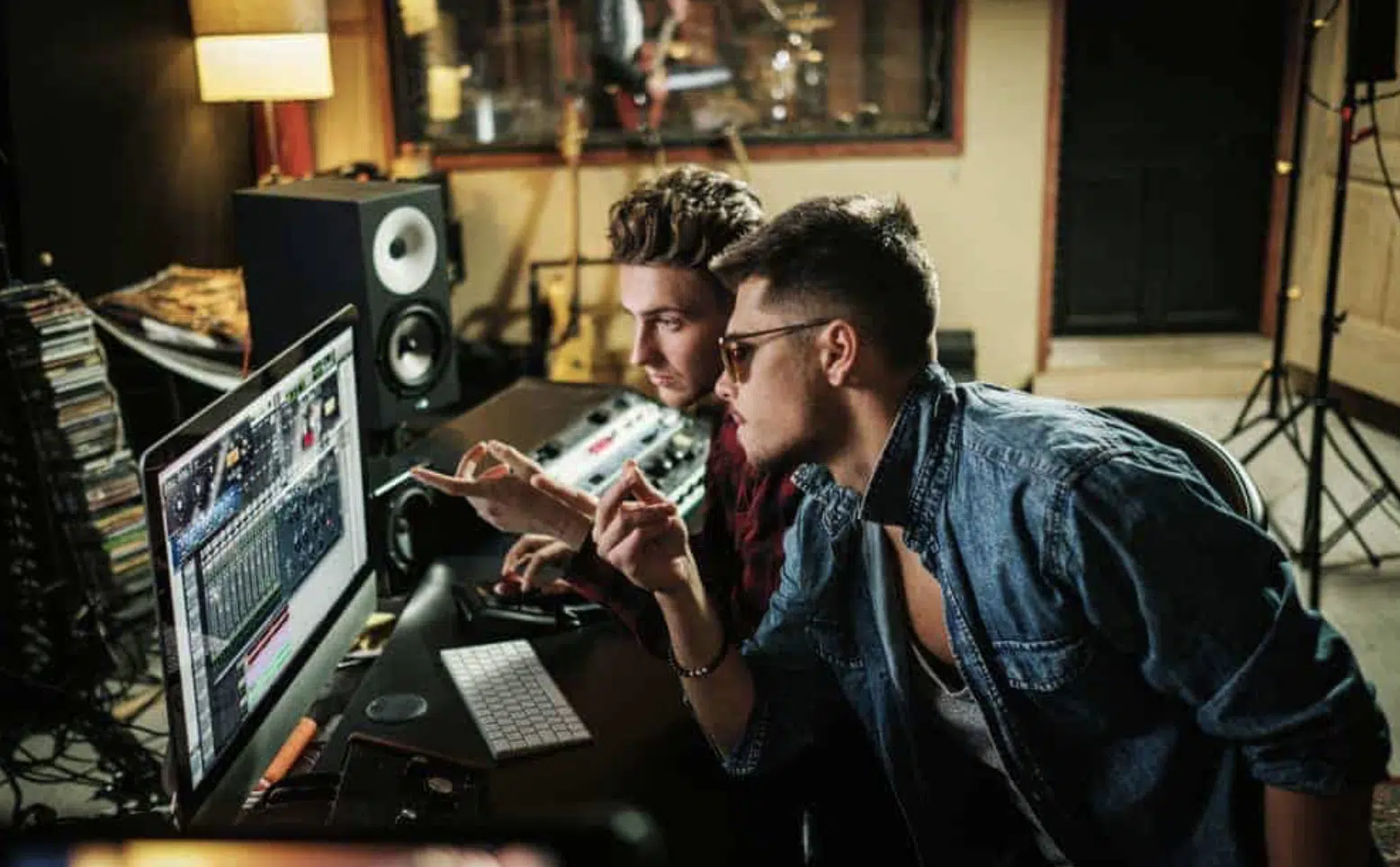
Digital mixtapes and online EP releases have become popular tools for artists to connect with their audience.
These common album formats, often released exclusively online, provide a platform for artists and producers to experiment with new sounds and styles.
All without the pressure of a major release, which is super beneficial.
This trend has been particularly embraced by up-and-coming artists and those in the electronic music scene and all EDM subgenres.
For example, artists like Flume and Kaytranada have gained significant attention through their online EPs and mixtapes.
All because it showcased their unique sounds and built a huge fanbase in the process.
The flexibility of these formats also allows artists to release music more frequently.
This keeps their audience engaged and can lead to greater visibility on streaming platforms.
The ease of releasing digital music has led to a more vibrant and diverse music scene, where artists and producers are not constrained by the traditional album cycle.
Bonus: The Importance of EPKs (Electronic Press Kit)
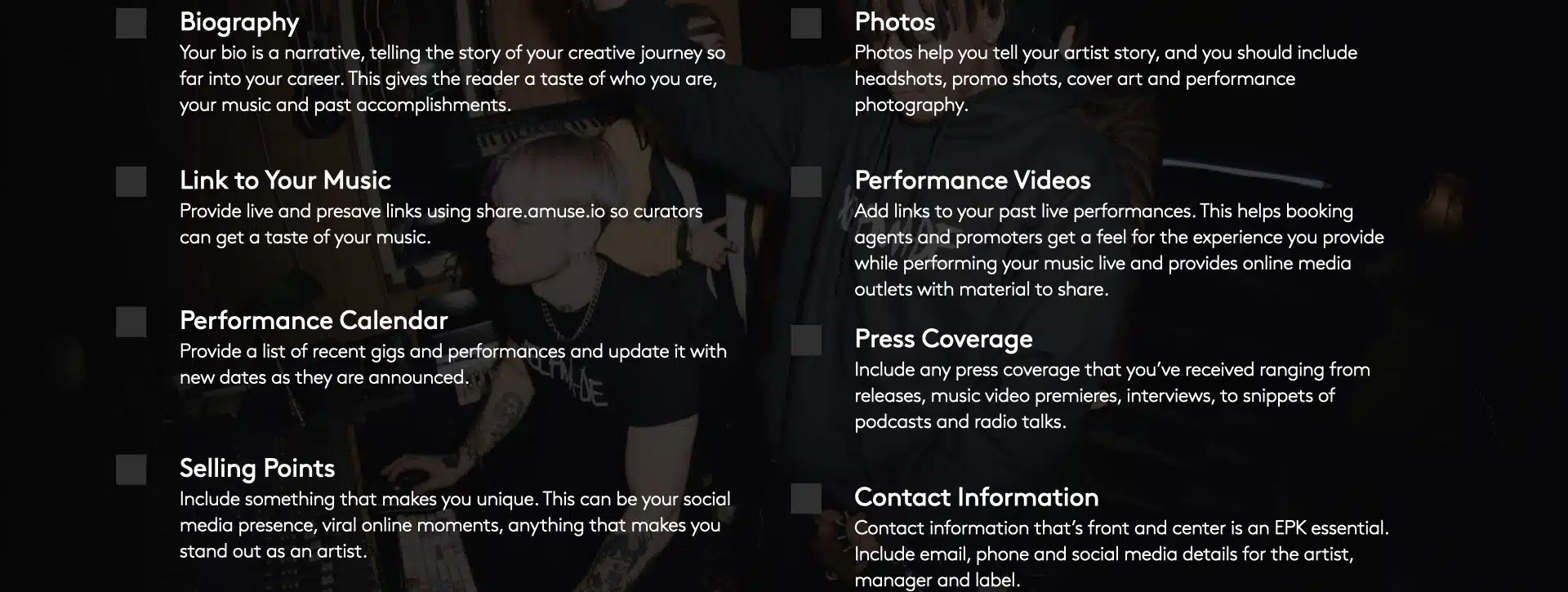
When it comes to releasing music, whether it’s an EP or an LP, full album or mini album, the importance of an Electronic Press Kit (EPK) cannot be overstated.
An Electronic Press Kit is a professional package of promotional material that other artists and producers use to introduce themselves to new listeners, record labels, promoters, and media outlets.
It typically includes:
- Music samples
- Accomplishments
- Biographies
- Promotional photos
- Press coverage
- Etc.
For instance, an artist releasing an EP would use an EPK to highlight your unique sound and the concept behind your release.
While, on the other hand, an LP might include more comprehensive information about the album’s narrative and creative process.
In the digital age, EPKs have become even more crucial.
They serve as a key tool in an artist’s marketing and promotional strategy 一 often being the first point of contact with industry professionals.
EP vs LP: Final Thoughts
Understanding the distinctions between EP vs LP formats is a key element of success in today’s music industry.
Whether you’re an artist planning your first release or an experienced producer refining your next big project, knowing about these formats is essential to getting your music out there the quickest.
Remember that each format (EPs and LPs) offers unique opportunities to tell your musical story, connect with a broader audience, and showcase your skills.
Incorporating tools like the Famous Beatmaker Template Essentials can be a significant advantage in this process.
These templates, reflecting the structures of top hits, provide a solid foundation for your work.
You can personalize them, infuse your own style, and transform your music into professional-sounding tracks.
This is particularly valuable when considering the format of your release.
An EP might benefit from a couple of standout templates to create immediate impact, whereas an LP could use a varied approach to maintain interest throughout.
Remember, stay true to your vision, and let your releases be a reflection of your who you are as a musician.
Until next time…







Leave a Reply
You must belogged in to post a comment.